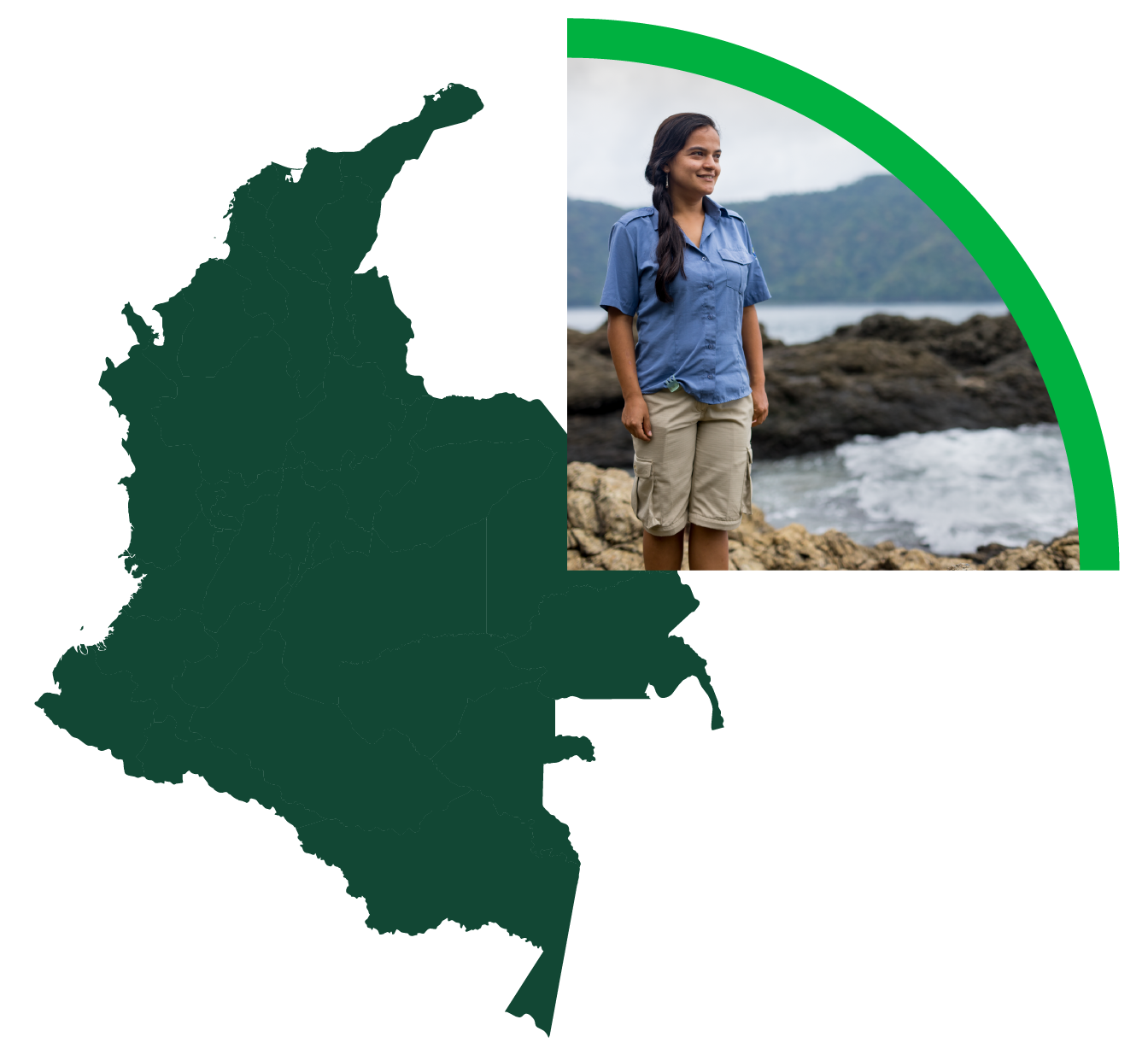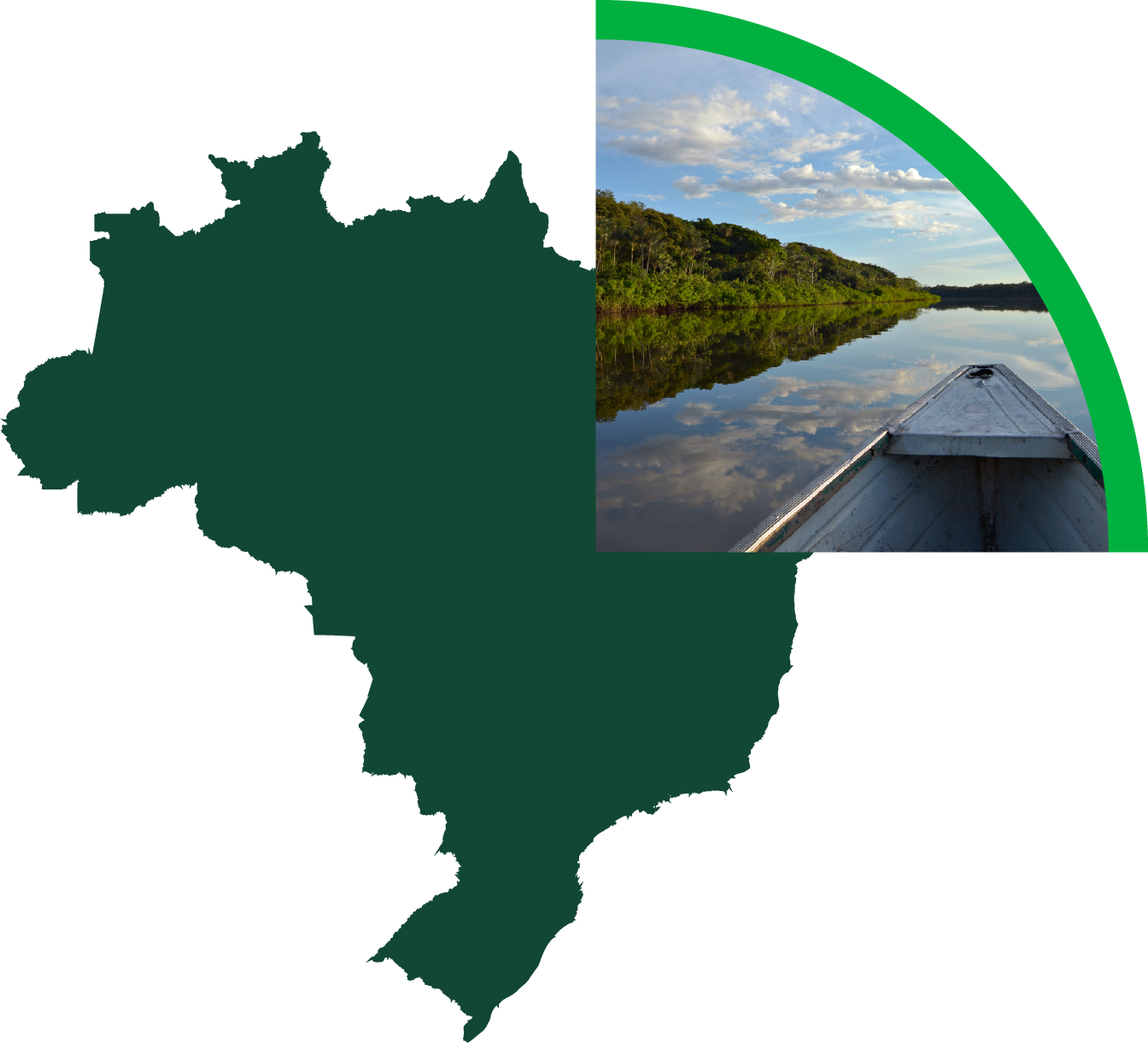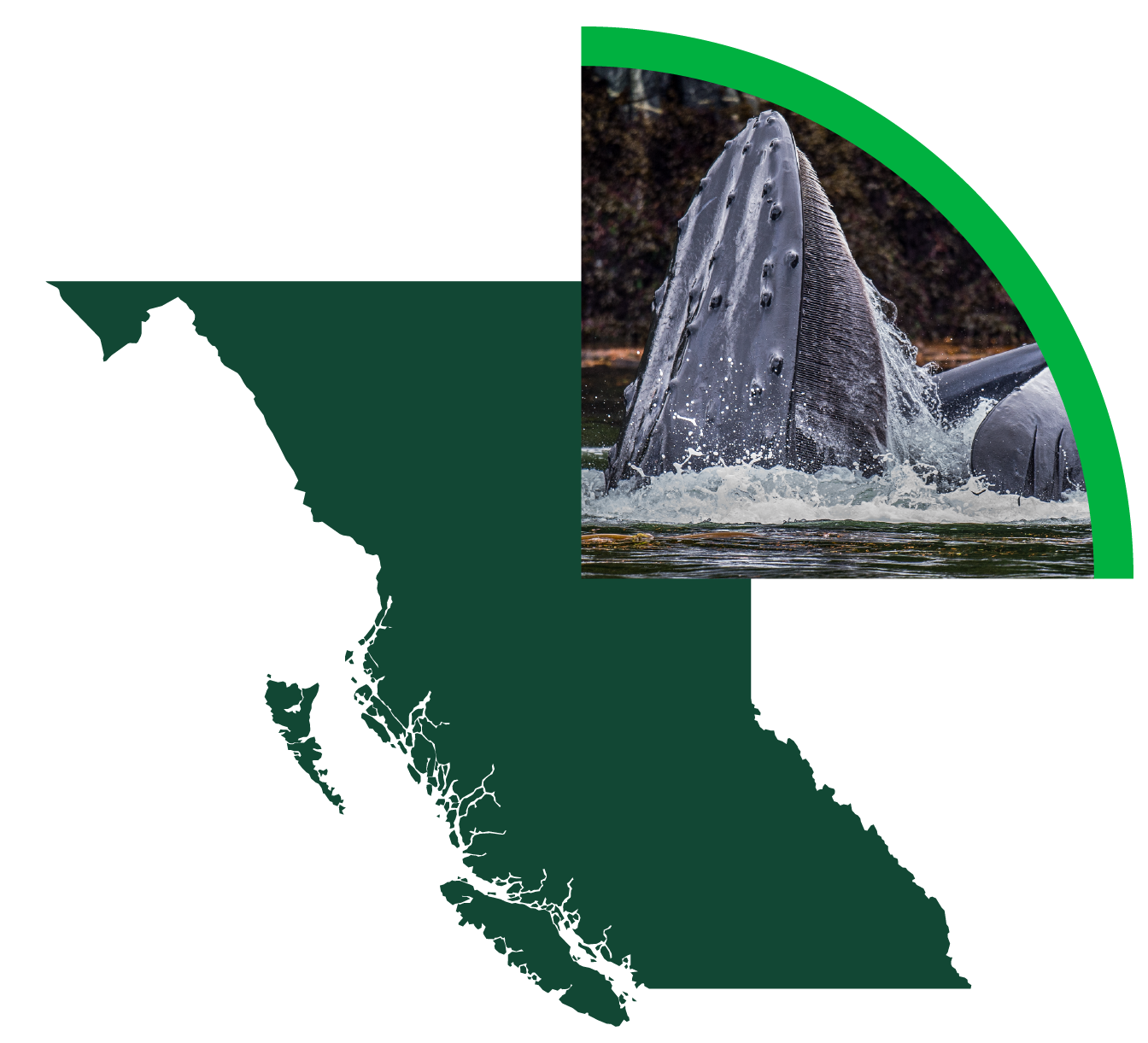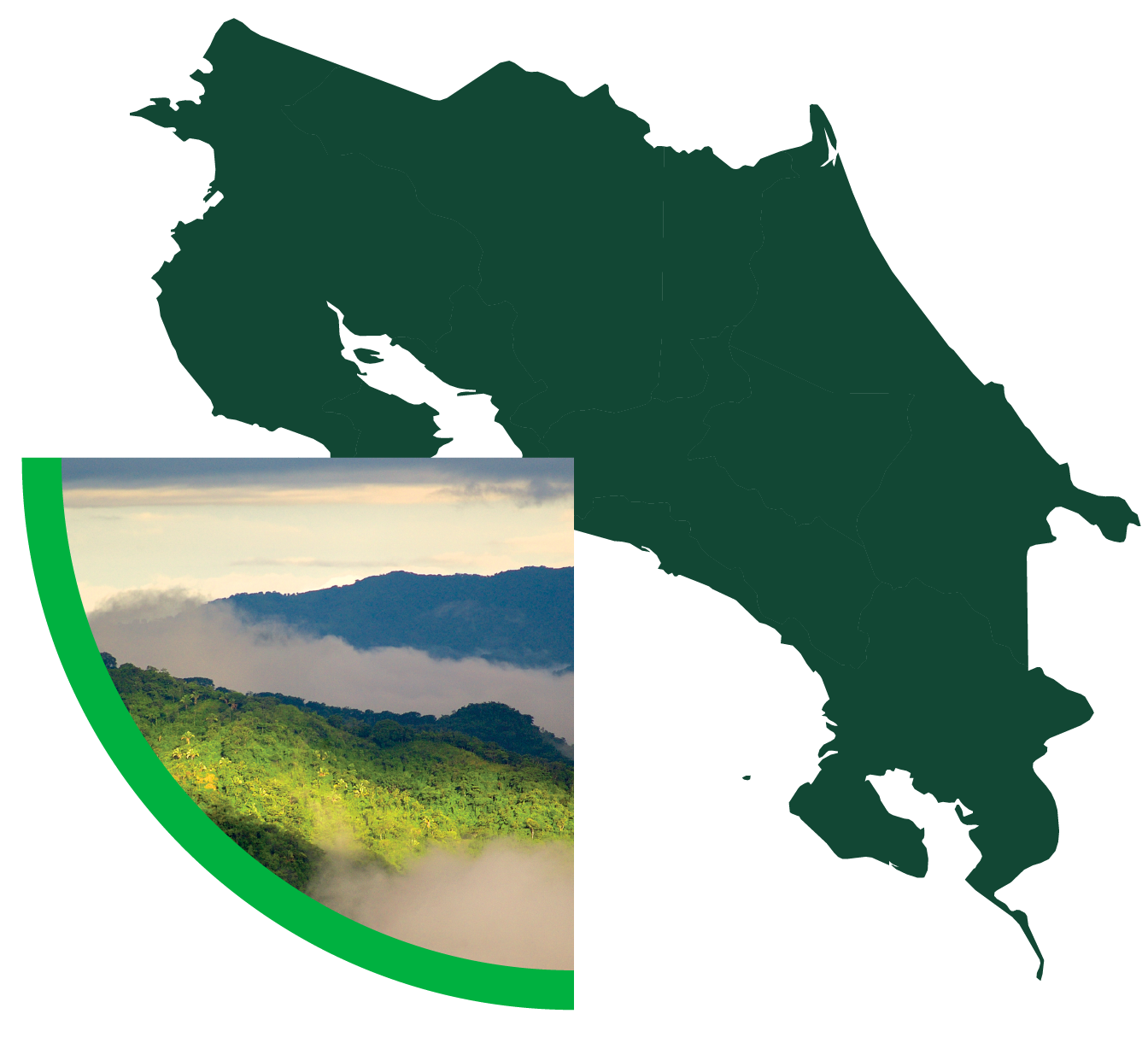From Ambition to Action: Delivering the 2030 Goals
Conservation at scale is a common element for building resilience and accelerating progress toward globally important biodiversity and climate targets. PFPs can help deliver 2030 global goals by securing nature’s carbon, protecting nature and biodiversity, and building community resilience, benefits, and equitable partnerships.
The Project Finance for Permanence model is one of the prime strategies to help deliver global climate and biodiversity goals, with the potential to inhibit nature’s decline and deliver robust conservation outcomes.
Securing nature’s carbon: Intact ecosystems have a greater capacity to resist and adapt to climate change. Nature-based solutions such as conservation, restoration, and improved land management can provide one-third of the mitigation measures needed to hold global warming to less than 2 degrees Celsius while also supporting ecosystems and communities in adapting to climate change. Enduring Earth will secure carbon stores to avoid greenhouse gas emissions by permanently protecting forests, grasslands, peatlands, mangroves, and other carbon-rich habitat. The PFP model offers a promising pathway for countries to deliver on their nationally determined contributions to the Paris Agreement.
Protecting nature and biodiversity: In December 2022 196 nations adopted the ‘Kunming-Montreal Global Biodiversity Framework’ at the 15th Conference of the Parties to the United Nations Convention on Biological Diversity. The historic new agreement includes a key target to protect and conserve at least 30% of lands, inland water, and coastal and marine areas globally by 2030—also known as “30 by 30.” It is the largest area-based target ever agreed, and Enduring Earth offers a pathway to implement and deliver this through an inclusive approach.
Community benefits, resilience, and equitable partnerships: Local participation in setting project goals is essential to establishing projects that will provide permanence for conservation. We work with Indigenous peoples—whose lands are home to more species around the world than anywhere else, protecting 80% of global biodiversity—and local communities to ensure that conservation and protection activities align with local values. Their active leadership and stewardship is paramount to lasting conservation and benefits for local cultures, economies, health, jobs, and future generations.

Partners in Enduring Earth have already worked with six countries, conserving more than 120 million hectares using the PFP approach. With the launch of the Eternal Mongolia PFP in April 2024, the area durably financed by PFPs now totals 215 million hectares. This is the second PFP to be completed with support from the Enduring Earth collaboration, the first of which was in Colombia. Because this approach does not work everywhere, a rigorous vetting process is applied—grounded in science, policy, finance, and equity. The initial portfolio of projects were selected through a suite of criteria, where funding would be invested in places that are:
-
-
- Ecologically important
- Represent different biomes
- Have direct benefits for communities
- Are at-scale
- Represent life on earth
-
What is a PFP?
PFPs are a tool to enable governments and local communities, in partnership with funders and NGOs, to secure long-term management and financing for networks of conservation areas in the form of a deal with a single closing agreement. While every deal looks different, all PFPs share a set of common attributes:
- A private sector project finance approach: Structured as a deal with a single closing agreement that brings together all of the plans, funding and commitments needed to achieve agreed-upon conservation and community development goals.
- Large-scale impact: Broad networks of conservation areas and multiple communities.
- Rigorous plans: Detailed and thorough conservation and community development plans.
- Community engagement: Robust engagement and buy-in for and from Indigenous Peoples and local communities, and benefits linked to their own development and conservation goals.
- High levels of accountability: Independent governance of funds with disbursement conditions to ensure commitments are met.
- Leveraged funding: Private philanthropic and public funds catalyze significant investments from national governments and support the transition to full and sustained funding from local sources over time.




True
Permanence
Inclusive Partnership
National Commitments
Sustained Funding
The PFP Approach
- A PFP begins by bringing partners together to develop an ambitious vision for conservation and community economic development.
- Partners jointly develop a robust and detailed financial model and budget to guide the project, leverage sustainable finance, and guarantee durability.
- Private and public donors commit funds to bring the project to life and trigger significant investments from a national government. Donor funds are payable only when the total fundraising target is reached, and a binding agreement is signed.
- The governments, civil society, and donors sign a single agreement that secures the complete set of resources, funds, and commitments.
- At closing, donations are put into an independent fund, the governance of which is defined by the stakeholders.
- As the PFP is implemented, payments from the fund are distributed according to the financial plan and the performance measures outlined in the agreement. The government increases its spending over time and eventually assumes the full, long-term costs of conservation.
Current PFP Projects & Deals
Before Enduring Earth was established, partners had already worked with five nations to conserve 90 million hectares of lands and waters. Following the success of the Heritage Colombia PFP, this increased durable financing to conserve a total 120 million hectares, an area the size of South Africa. Today, following the launch of the Eternal Mongolia PFP in April 2024, the area durably financed by PFPs now totals 215 million hectares.
Currently Enduring Earth is working with more than 100 partners, governments, Indigenous peoples, local communities, and funders across 11 PFP projects in 10 countries to durably protect 351 million hectares of ocean, lands, and freshwater – an area similar in size to India.







